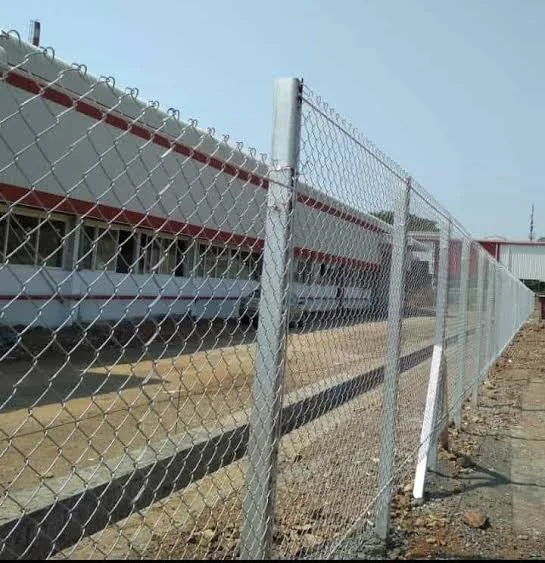Architectural metal mesh has become a defining element in contemporary design, offering endless possibilities for facades, interiors, and outdoor spaces. But as design ambitions grow more complex, architects are discovering that off-the-shelf materials often fall short. This has sparked a strong shift toward working directly with specialized mesh suppliers to develop custom solutions. Here’s why this collaboration is reshaping modern architecture:
1. Tailored Aesthetics to Match Unique Visions
Every project has a distinct identity—and generic materials can limit creativity. Custom mesh suppliers empower architects to design patterns, textures, and finishes that align perfectly with a project’s style. Whether it’s a one-of-a-kind geometric facade, branded patterns, or specific color finishes, bespoke mesh makes it possible to translate design intent into reality.
2. Solving Functional Challenges
Beyond visual appeal, metal mesh often plays a critical functional role—controlling light, providing ventilation, enhancing privacy, or improving security. Custom-engineered mesh can be precisely configured for:
-
Specific open area ratios to balance airflow and shading
-
Acoustic properties to dampen noise in public spaces
-
Strength and durability for demanding exterior conditions
This performance-driven approach ensures that design and function work hand in hand.
3. Seamless Integration into Building Systems
Every building has unique structural and installation requirements. Working with experienced mesh suppliers allows architects to create solutions that integrate smoothly into facade systems, curtain walls, and supporting frameworks. Custom panels can be designed with:
-
Precise panel dimensions
-
Specialized fixing systems
-
Consideration for site conditions and local regulations
This level of detail reduces on-site complications and installation delays.
4. Supporting Sustainability Goals
More clients are demanding sustainable building materials. Custom decorative mesh can be specified in recycled metals, low-VOC coatings, or energy-efficient configurations that contribute to green certifications such as LEED and BREEAM. Suppliers can also advise on long-term durability to extend the lifecycle of the installation.
5. Staying Ahead of Design Trends
Innovative projects often set the trends others will follow. Mesh suppliers stay at the forefront of materials research and fabrication technology, offering architects access to the latest:
-
Laser-cutting techniques
-
Advanced powder-coating options
-
Parametric design capabilities
Collaborating early in the design phase opens opportunities to pioneer new looks and applications.
6. Streamlined Collaboration and Support
Partnering with a dedicated mesh supplier doesn’t just improve the final product—it simplifies the entire process. From early design consultation and material sampling to fabrication drawings and technical support, suppliers act as trusted partners invested in project success.
Conclusion
As architecture evolves toward more personalized, sustainable, and performance-driven solutions, custom decorative mesh is proving to be an invaluable tool. For architects aiming to create truly memorable spaces, working closely with mesh specialists unlocks new levels of creativity and confidence.


